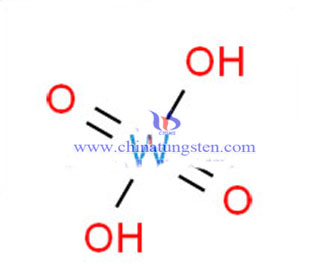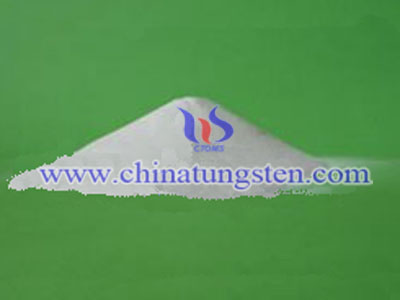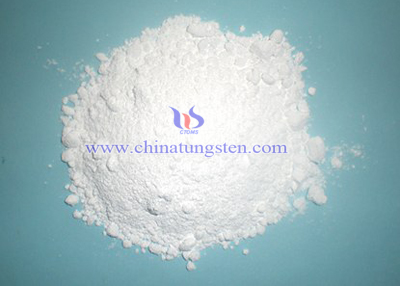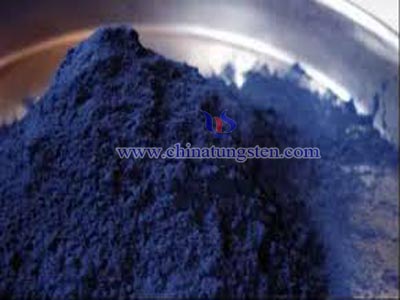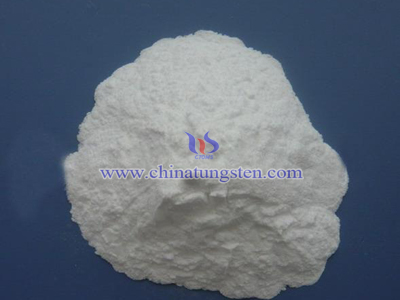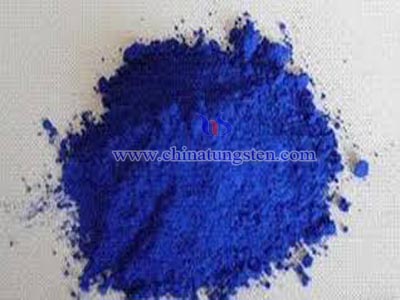tungstic acid molecular graph
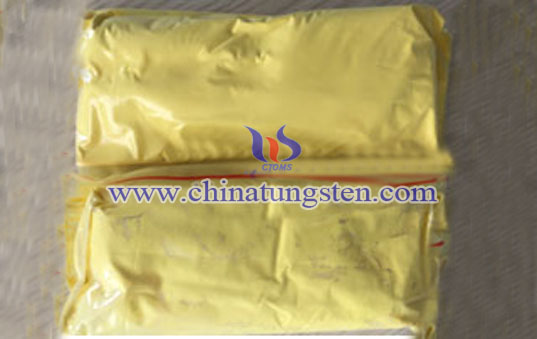
Tungstic acid molecular graph is the image which reflects tungstic acid molecular structure, and based on spectroscopic data to describe three-dimensional arrangement of atoms in tungstic acid. The molecular structure of tungstic acid affects its reactivity, polarity, phase, color, magnetic and biological activity to a large extent.
In chemical graph theory and in mathematical chemistry, a molecular graph or chemical graph is a representation of the structural formula of a chemical compound in terms of graph theory. A chemical graph is a labeled graph whose vertices correspond to the atoms of the compound and edges correspond to chemical bonds. Its vertices are labeled with the kinds of the corresponding atoms and edges are labeled with the types of bonds. For particular purposes any of the labelings may be ignored.
A hydrogen-depleted molecular graph or hydrogen-suppressed molecular graph is the molecular graph with hydrogen vertices deleted.
Molecular graphs can distinguish between structural isomers, compounds which have the same molecular formula but non-isomorphic graphs - such as isopentane and neopentane. On the other hand, the molecular graph normally does not contain any information about the three-dimensional arrangement of the bonds, and therefore cannot distinguish between conformational isomers (such as cis and trans 2-butene) or stereoisomers (such as D- and L-glyceraldehyde).
In some important cases (topological index calculation etc.) the following classical definition is sufficient: molecular graph is connected undirected graph one-to-one corresponded to structural formula of chemical compound so that vertices of the graph correspond to atoms of the molecule and edges of the graph correspond to chemical bonds between these atoms. One variant is to represent materials as infinite Euclidean graphs, in particular, crystals as periodic graphs.

